
Using mediation analysis, researchers were able to identify three gene expression markers that help explain the observed prognostic difference between certain AML patients.

Your AI-Trained Oncology Knowledge Connection!


Using mediation analysis, researchers were able to identify three gene expression markers that help explain the observed prognostic difference between certain AML patients.

Investigations into the CSF3R gene may help lead to better classification and precise treatment of AML.

DLBCL and FL patients experience considerable economic burden during the first year after diagnosis.
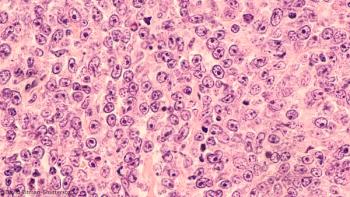
New data support PFS as a surrogate endpoint for OS in future trials evaluating chemoimmunotherapy in DLBCL.
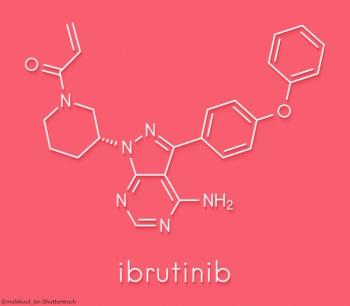
In the DBL3001 trial, the combination of ibrutinib and R-CHOP was not superior to treatment with R-CHOP alone.
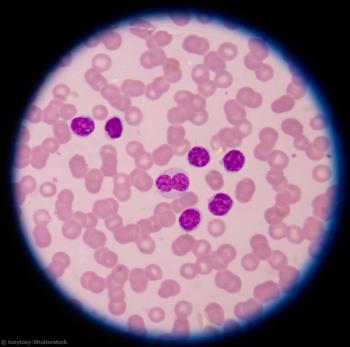
Chemoimmunotherapy followed by lenalidomide consolidation is tolerated and extends PFS and OS in CLL patients.
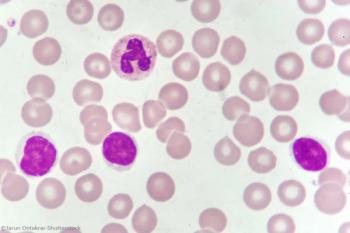
In analyzing over 8,300 mosaic chromosomal alterations in UK Biobank participants, Harvard researchers uncovered specific alterations that may predict for CLL.

In a large international study, pre-AML cases had greater clonal expansion and enrichment of specific gene mutations; origins of AML were detected > 5 years before it developed.

A preclinical study of ibrutinib provides compelling evidence that myeloid leukemias with mutated G-CSFR have abnormal activation of Btk.

Strong efficacy and safety outcomes with this agent, which targets the molecular driver of an AML subset, have led to its approval in IDH1-mutated R/R disease.

In the emerging era of personalized treatment, it may be time to rethink which surrogate markers are used in AML clinical trials.
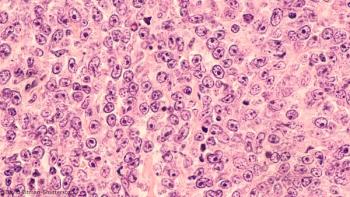
The OS benefit associated with standard treatment diminished in patients older than 80 with high comorbidity scores, but other age groups fared better.

Findings from the MCC-Spain study suggest that in some cases, CLL could be prevented by modifying dietary habits.

Most CLL patients treated with FCR will experience long-term remissions, but patients who relapse within 24 months have a dismal prognosis.

This study is the first to show significantly improved OS from single-agent treatment in this particularly difficult to treat population.

Overall response was strong even in high-risk patients (over age 65, with 17p deletion, with prior ibrutinib therapy, and mutations of BTK and PLCγ2).

FDA warns, however, about the possibility of TLS due to rapid tumor cell destruction.

Until the superiority of novel agents is proven for all prognostically relevant subgroups of patients with CLL, we believe chemoimmunotherapy continues to have a role.

Elimination of chemotherapy from our combination regimens should be a shared goal among researchers that will move us a step closer to more patient-friendly and scientifically driven therapies for CLL.

In CAPTIVATE, first-line ibrutinib plus venetoclax yielded a high rate of undetectable residual disease, without new safety signals, in chronic lymphocytic leukemia.

This approach may lead to better understanding of risk-mitigation strategies, and perhaps better outcomes in patients with secondary AML.

Unconventional strategies and targeted therapeutics may be required to overcome the adverse risks associated with TP53-mutated AML.

T-ALL may be treatable by targeting signaling pathways affected by STIL-TAL1 fusion, according to a team from The Institute of Cancer Research, London, UK.

Achieving undetectable MRD after chemoimmunotherapy predicted longer progression-free and overall survival in CLL patients.

The combination of rituximab and the BCL2 inhibitor venetoclax significantly lengthened PFS among CLL patients in the phase III MURANO trial.